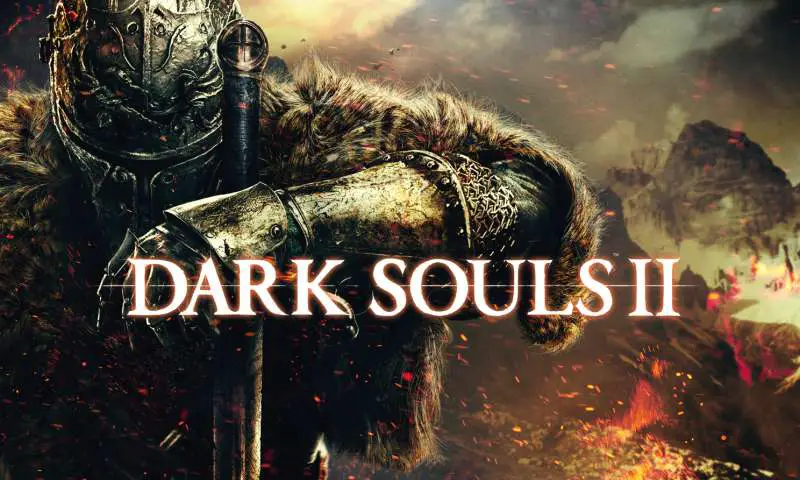Dark Souls, a name in gaming known for its exceedingly difficult gameplay, is guaranteed to frustrate players as much as it entertains. The first thing that you need to know about Dark Souls II is that you will fail and you will fail often. Those that are easily discouraged should play a different game. But for those that are up to the challenge, Dark Souls II provides an unusual amount of well-deserved satisfaction.
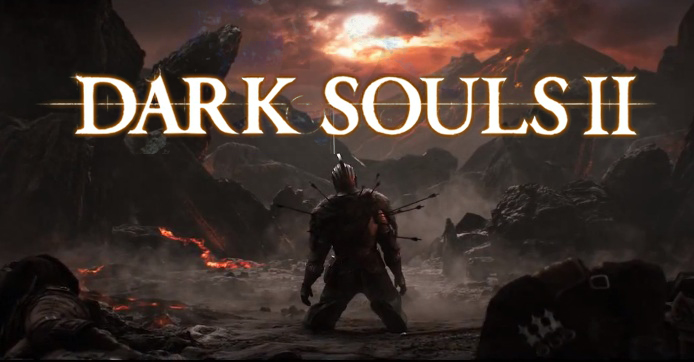
You play as an undead character whose death is only temporary. He (or she, depending on the sex that you choose) is searching the land of Drangleic for a cure to their state of being. Along the way, you collect souls, which are a big part of the game. Souls act as a currency that you can use to buy items, upgrade your weapons, and improve your character’s stats.
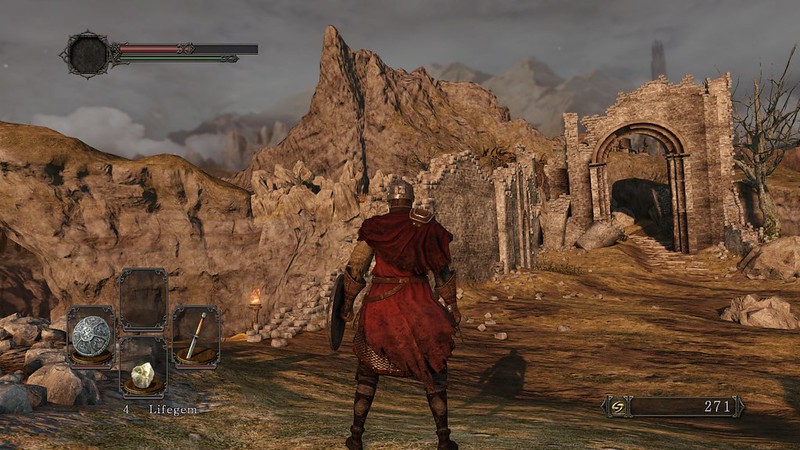
While the story in Dark Souls II is not overwhelming — only a few cut scenes and scattered characters that you can talk to even allude to a storyline — the biggest focus of the game is on combat. Not run-and-gun, button-mashing. Smart combat. Utilizing a shield, dodging, parrying, and at times, running away from a fight. In fact, knowing when to back away from a fight, or simply running through an area, is the most significant survival skill.
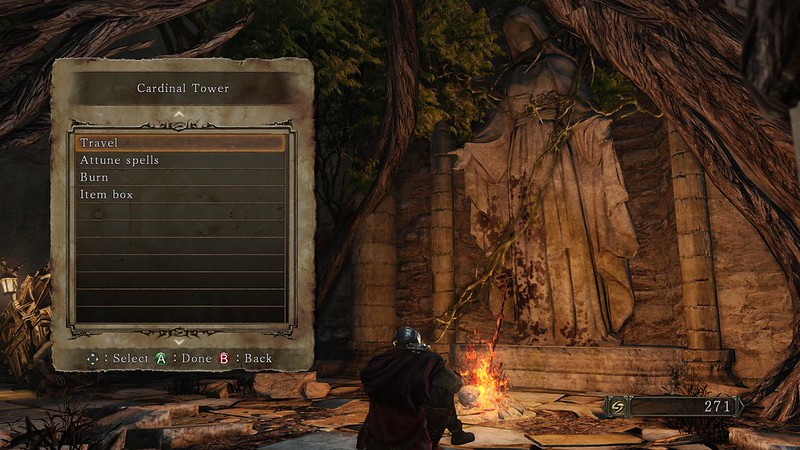
Even your best attempts will sometimes fail in Dark Souls II. Enemies scale depending on which area of the game you are. While you can jump ahead if you want, it’s not really recommended. Even someone with perfect timing will reach areas where you are required to fall off of ledges, taking fall damage, or bosses whose blows will pierce through shields.
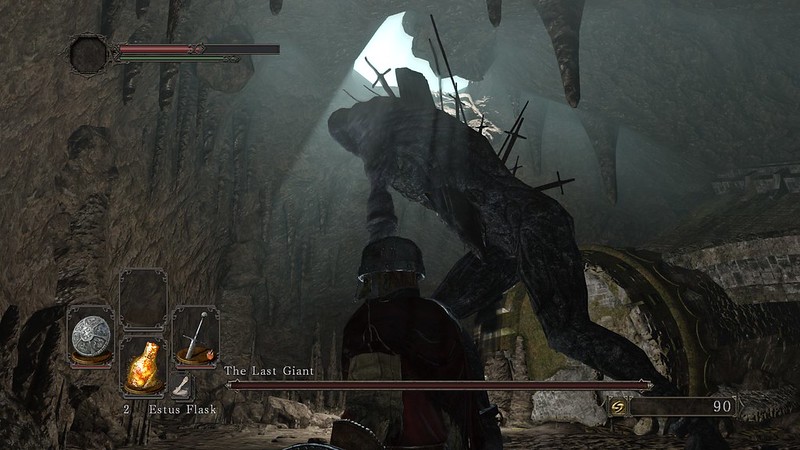
Dying has a few penalties. First, obviously, you lose your place in the world and have to return to a bonfire as an undead. While other games might only leave you with this penalty, essentially returning you to a checkpoint, Dark Souls II also takes away all of your souls AND progressively reduces your health bar 5 percent each time that you die; this can be reversed if you use a human effigy, but these are rare.
As far as your lost souls are concerned, returning to your dead body is the only way that you can retrieve them. However, you only get one shot. If you die on your way then they’re lost forever. This is particularly significant, especially after you earn a huge soul payoff from a boss fight, so spend both wisely and often.
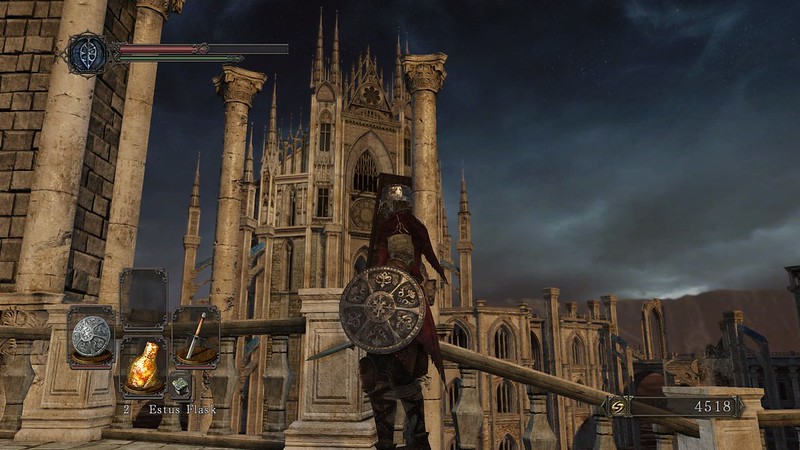
To make things even more challenging, weapons degrade over time. It is important to not let them break. I got in that situation early on in the game and got stuck for a couple hours trying to fight my way through to a new weapon. Preventing a broken weapon is pretty easy once you know what you are doing. They repair automatically at bonfires. You can also visit a blacksmith to have him repair it or purchase repair powder (both of these options are a few hours into the game, though, so be careful).
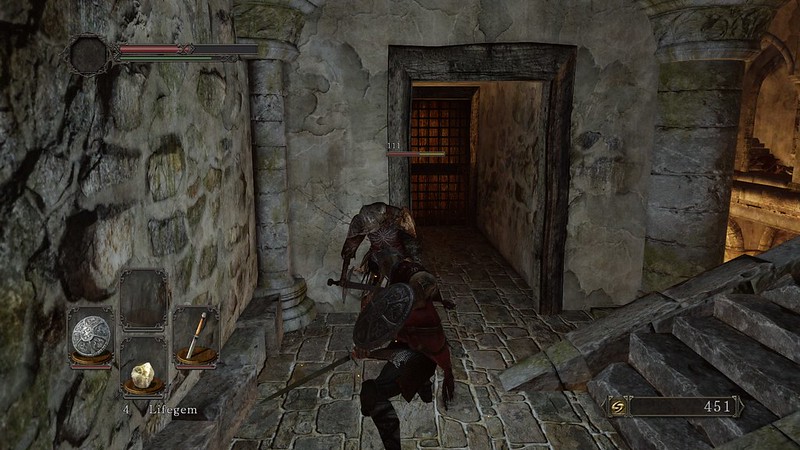
While mastering Dark Souls II will take countless hours, deaths, and an immense amount of patience, it is well worth the effort. That’s not to say that the game is perfect. It can, in fact, be quite cheap at times. Collision detection is off, which can sometimes lead to unfair deaths. For instance, I had enemies slice through walls and archways. The controls are another flawed aspect of the game, especially on the PC version. Your character walks around like a tank. While you will get used to the pace, and your timing adjusts based off of it, it’s nonetheless an early annoyance.

Dark Souls II is graphically adequate. The engine is showing its age with little things like enemy character models and ugly grass. Lighting effects, however, are quite nice. Some of the architecture featured in the game are also pretty cool. I ran the game on the highest PC settings without any problem on a fairly basic desktop and a mid-grade graphics card. No slowdown to report but there usually are not a ton of enemies on the screen at once anyway.
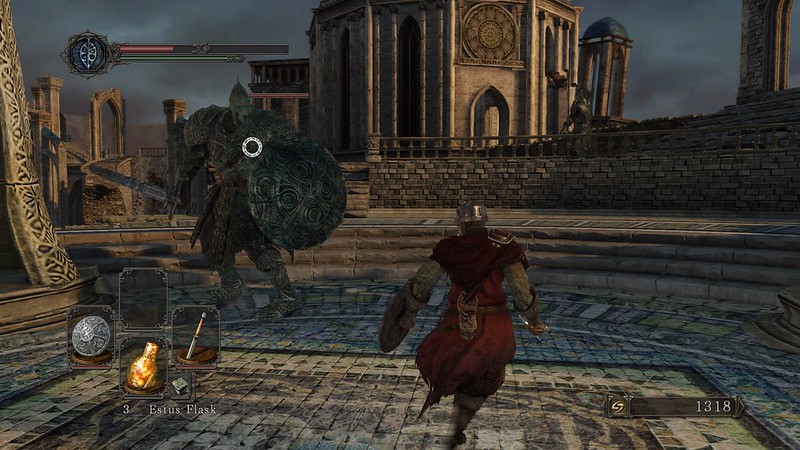
Dark Souls II is the best game in the spring of 2014. The challenge, while at times annoying, is an alluring feature that makes it hard to put down. Fun boss fights, a never-ending cadre of unique enemy types, and a varied combat system that allows you to play to your strengths. It plays like a mature Zelda game. While haggard with cumbersome controls, the game is more than playable once you learn to adjust your style, time your attacks, and avoid conflicts when necessary. Before long, you’ll find yourself thirty hours into the game, telling yourself “only fifteen more minutes and I’m done for the night.”
